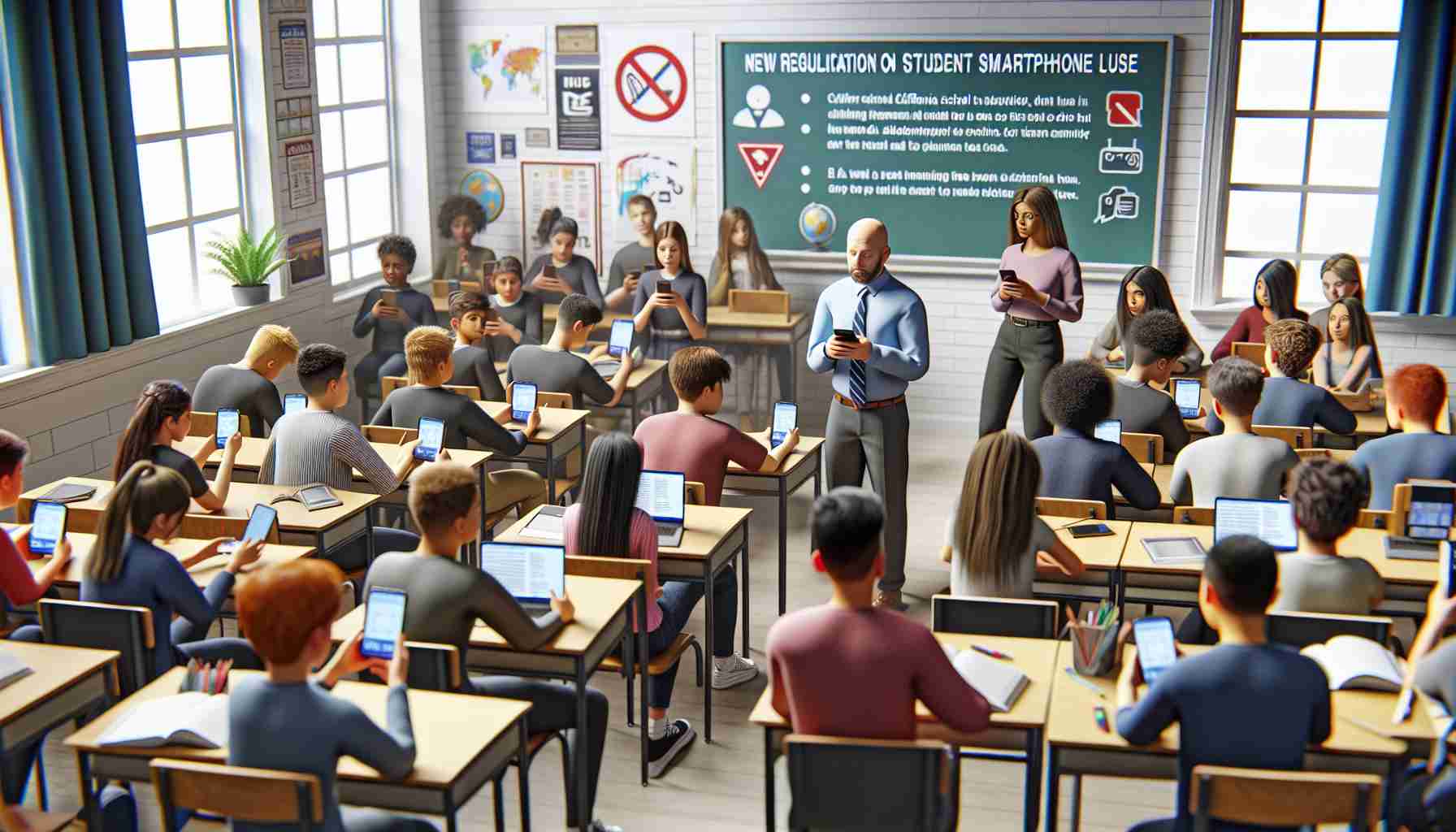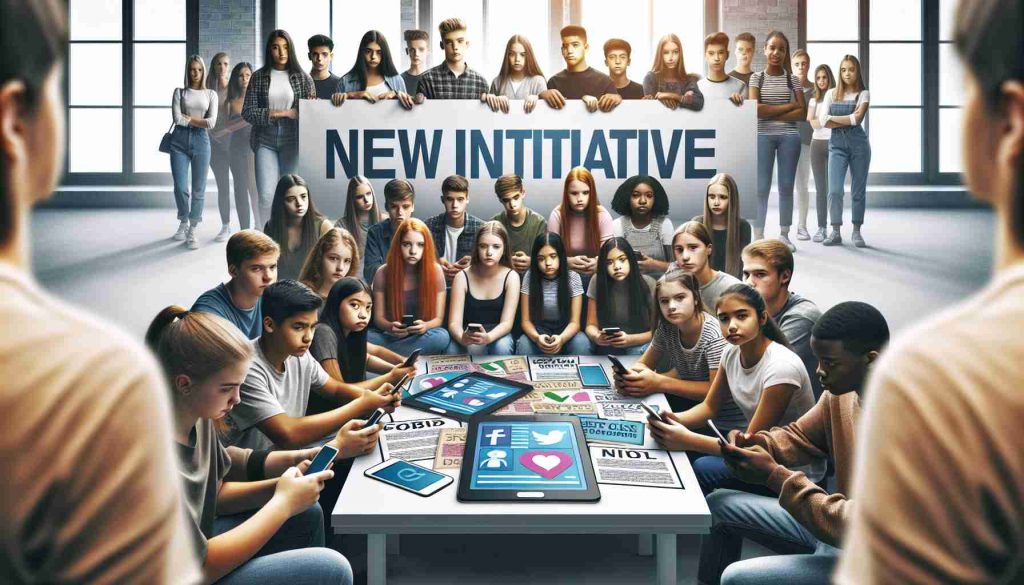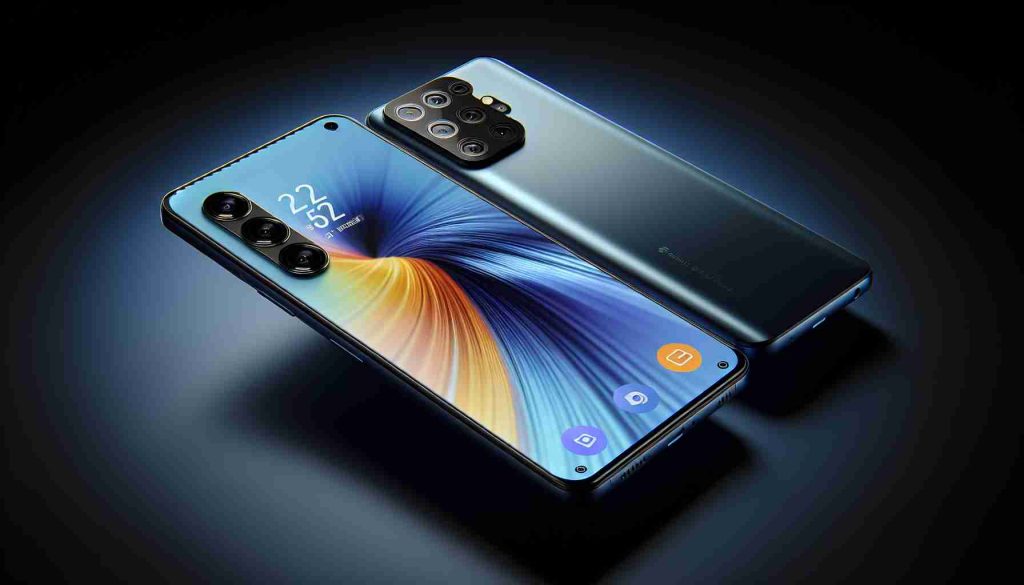California’s public school districts will soon be required to implement regulations limiting students’ access to smartphones, following a recently signed law by Governor Gavin Newsom. This new legislation aims to reduce distractions in classrooms and address mental health challenges tied to social media among youth. Several other states, including Florida and Louisiana, have enacted similar laws.
The governor articulated that maintaining focus on education and interpersonal skills rather than digital distractions is essential for students’ overall development. However, not everyone agrees with the implementation of such mandates. Critics argue that enforcing restrictions should not fall solely on educators and express concerns about students’ ability to communicate in emergencies, advocating for individual school districts to make decisions based on their unique contexts.
The law mandates that school districts formulate their rules by July 1, 2026, and reassess them every five years thereafter. This legislative move follows a prior 2019 law that permitted districts to limit smartphone access. The recent call for action was intensified by a statement from the U.S. surgeon general regarding the impacts of social media on young people.
Research from schools that have already restricted phone use indicates an increase in student engagement and interaction. Educators believe that these regulations promote a more conducive environment for learning and socialization among peers.
Smartphone Restrictions in Schools: Tips, Life Hacks, and Interesting Facts
As California prepares to implement new regulations limiting student access to smartphones in schools, it’s essential to explore how these changes can benefit students’ overall experiences. Here are some practical advice, life hacks, and intriguing facts to keep in mind during this transition.
1. Embrace Alternative Learning Tools:
With limited smartphone use, students can explore a wealth of alternative educational tools. Consider using tablets or dedicated learning apps that focus specifically on content without the distractions common to smartphones. Resources like educational websites can also be utilized effectively.
2. Introduction to Digital Wellbeing:
Educators and parents can take this opportunity to teach students about digital wellbeing. Initiatives and programs focusing on healthy technology use can foster a balanced approach to education, emphasizing the importance of offline activities for improving mental health.
3. Communication Strategies:
While concerns about emergency communication have been raised, students can learn proper communication strategies for emergencies. Understanding how to contact parents or guardians through school systems or having a buddy system can provide reassurance and promote responsibility.
4. Engagement Through Peer Interaction:
Many schools have noted that restricting smartphone use can lead to increased student engagement and interaction. Encourage students to participate in group activities or discussions. This not only enhances learning but also develops social skills which are crucial in today’s world.
5. Mindfulness Practices:
In light of these changes, introducing mindfulness practices in schools could significantly help students manage the transition. Mindfulness exercises can improve concentration and mental health, aiding in focusing on academic goals without digital distractions.
6. Stay Informed:
It is crucial to stay updated on district policies regarding smartphone use. Bookmark your school district’s website to keep track of rules and any resources available to students and parents. These updates can often provide valuable tips and support.
7. Inspire Creativity:
Limited smartphone use can spur creative thinking among students. Encourage involvement in art, music, or creative writing projects that allow for self-expression without digital mediators. Explore local community resources that may offer workshops or classes in these areas.
8. Interesting Fact:
Did you know that schools which have adopted restrictions on smartphone use have reported higher levels of focus and academic performance among students? A study linked improved social interaction to a decrease in smartphone reliance during non-class time.
By understanding and adapting to these new regulations, we can help foster a healthier educational environment that prioritizes both academic success and personal development. For ongoing updates and further information, visit California Department of Education.























